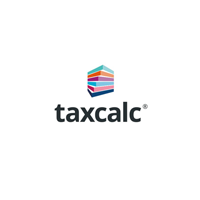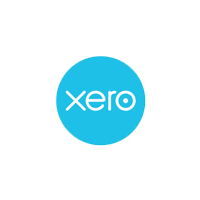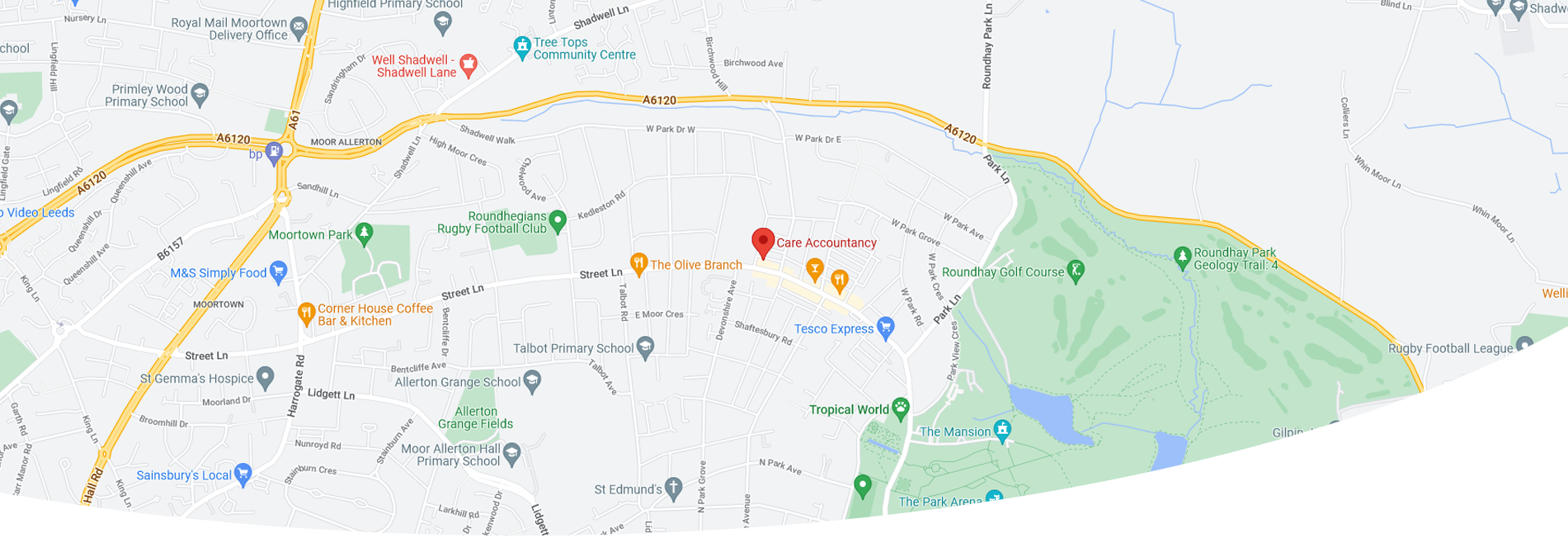Let Property
Campaign
The Let Property Campaign allows landlords – who have undisclosed income in the previous years and owe tax through letting out residential property – to declare the rental income that they have not done previously and clarify their tax affairs. The landlords can bring their tax affairs up to date in relatively a simple way and get benefits from the best terms.
HMRC collects data regarding let-out properties from different sources such as letting agents, council records and land registry, etc. HMRC then analyses this data to check out such taxpayers who seem to have paid incorrect amounts of tax and invites them to use the Let Property Campaign to get their tax affairs up to date.
Voluntary disclosure is always recommended to reduce penalties and resolve matters with HMRC. It will also be helpful to convince HMRC that it was simply a mistake or a careless error that led you to have incorrect tax affairs.
HMRC is targeting compliance activity to discover those landlords who they consider have not unveiled all of their rental income. This will then initiate HMRC inquiries and compliance checks, the landlord will then not be able to take advantage of Let Property Campaign.
If you are a landlord and have undisclosed income, you must tell HMRC of any tax which is due now. After that, you would have 90 days to asses and pay the amount you owe.
In this guide, we have explained the steps from the disclosure of the rental income to the payment of tax and the ways how Care Accountancy can help you.


The Scope of
Let Property Campaign
The let property campaign deals with almost all of the residential property landlords having undisclosed income.
This scheme covers the following scenarios:
- Landlords having multiple properties
- Holiday lettings
- Landlords with student or labor force rentals
- Individuals with single rentals
- Renting out a room from your main residence for more than £7,500 per year (rent a room threshold)
- Landlords living abroad for more than 6 months and rent out a property in the UK
Who Cannot Use The Let Property Campaign?
The Let property campaign is unavailable to those landlords who are letting out commercial properties or non-residential such as shops, lockers and garage, etc.
The campaign cannot be used if you want to disclose the income on behalf of a trust or a company.
If the property is jointly owned by husband&wife, partners or civil partners then a single disclosure cannot be made.
How To Join The Let property Campaign?
In order to join the Let Property campaign you should:
- Notify HMRC that you want to join the scheme
- Declare all income, gains, taxes and duties to HMRC that you have not previously disclosed
- Make a formal offer and pay what you owe
- Help HMRC with more information if they ask
HMRC may reduce interest and penalties by considering the way you helped them and the accuracy of information provided.
Preparing The Disclosure
Calculate Your Liability
You have 90 days after the notification acknowledgment to make the disclosure and pay what you owe. The outlines of the process to calculate your tax liability are as follows:
You have to figure out the total rental income for each year that you have previously failed to declare to HMRC. You do not have to include the income that you have already disclosed in your previous tax returns, as you have already paid tax on this
The next step is to work out allowable expenses that you have incurred on that rental income and in this case too, you cannot net off such expenses that you have already claimed on your income. Deduct the allowable expenses from the rental income to come to the taxable profit.
After computing the taxable profit you need to calculate how much tax you owe on that income. The rate of income tax applicable to your income will in turn depend on how much income you have in excess of the tax-free income limit; your “personal allowance”.
HMRC has introduced a calculator to calculate your tax liability. You can also calculate penalties and interests on your outstanding balance for up to 20 years.
The whole process seems daunting and especially if you think your tax affairs are complex enough to be understood by a layman OR if you have undisclosed income for a number of years, we will help you throughout your way from notifying the HMRC to paying your tax liability. We will assist you in:
- Notifying the HMRC
- Accurately assessing the rental income for previous years
- Working out the tax liability
- Claiming all the reliefs and allowances
- Reducing your income tax in the best possible manner
Disclaimer
Incorporate The Rental Losses
If you find out that after deducting allowable expenses from the rental income, you have made a loss, you don’t have to include that year in your disclosure. This loss however can be carried forward to reduce the tax liability on the rental profits following years.
The rental loss can be net off against future rental profits only and cannot be claimed to reduce the liability on other types of income.
Calculating and claiming rental losses can be complex. Care Accountancy can provide you with accurate calculations of rental income or losses and in case of a loss, we can claim this to reduce your future tax liability, efficiently.
How To Notify HMRC And Make A Disclosure?
Notification
You must tell HMRC that you will be making a disclosure to take part in the Let Property campaign. You need to do this as soon as you find out that you owe tax on your letting income. You are not needed to provide any details of the undisclosed income at this stage.
Individuals and companies can notify the HMRC by submitting the Digital Disclosure Service (DDS) form. The HMRC will then issue you your Disclosure Reference Number (DRN) and also a Payment Reference Number (PRN) to use when paying the amount you owe.
If you are an agent – You will use the Agent DDS to make a disclosure on behalf of your client. You will then receive the DRN and PRN.
You cannot make a disclosure for more than one person. If a husband and wife both have an undisclosed income they must disclose it separately showing the income they want to disclose.
Disclosure
As soon as you receive the DRN you must disclose your income within 90 days of your notification acknowledgment.
You can make a disclosure
- For your own tax affairs
- On behalf of your client (if you are an agent)
At this point, you must pay what you owe. You have to ensure that the HMRC receives your disclosure and payment by the due date stated on the notification acknowledgment. In case you think you would not be able to pay by the deadline, you should arrange certain payment agreements with the HMRC by the due date.
How Many Years To Include?
The number of years to include in the disclosure depends upon why things went wrong in the first place.
If you are signing up for the Let Property Campaign, you will need to consider why you have not disclosed all of your income to the HMRC and paid the right amount of tax.
How much you will be asked to pay and for what a number of years depends on:
- Whether took reasonable care to have your tax affairs or not
- If you deliberately misled HMRC about your letting income and paid too little tax
- Didn’t tell HMRC about your income at all
The consequences of deliberately omitted income from your tax return can be severe.
We will discuss the background of your scenario with you to assess how many years you have to include in your disclosure and provide you with satisfactory results in the end.
Interest
HMRC charges interest for the number of days you have not paid the tax liability after the due date. You can use the HMRC’s calculator to calculate the exact amount of interest you will have to pay.
Penalties
HMRC will charge a penalty on underpaid tax if:
- Your tax return was incorrect
- Did not tell HMRC about your tax liability
The extent of penalties will depend upon your circumstances although it will be lower in case of voluntary disclosure.
If you took reasonable care for efficient tax affairs but could not pay the right amount of tax, you will pay no penalty at all.
Declaration
A declaration is an important part of the disclosure. You should only complete the declaration if you are sure that:
- Your disclosure is complete and accurate
- You acknowledge the reason of penalties to be included in your disclosure
Make An Offer
The terms and conditions of the Let Property Campaign state that you make a formal offer for the full amount you owe. On having the acceptance letter from HMRC, this offer becomes a legally binding contract between you and the HMRC. The letters of offer are included in the disclosure form that you should fill up.
If You do not have Complete Records to Make a Disclosure under Let Property Scheme
If you don’t have proper records of income and expenditure, attempts must be made to gather appropriate information that will enable you to accurately calculate the income and expenses. If you could not find relevant records you should make reasonable assumptions and best estimates to quantify the undisclosed income. HMRC may ask you how you have brought out the estimates you have used. Some statements such as a bank statement and other income receipts for the period will probably help.
If HMRC discovers that you have failed to keep relevant records, they can penalize you up to £3,000.
If this is the case with you, we can lead you to work out the best possible estimate according to your circumstances and guide you on how to overcome these issues.
When And How To Pay HMRC?
When you receive your PRN you will have 90 days to make the disclosure and pay what you owe. You should make the payment at the same time you submit your disclosure. If you cannot pay within 90 days you may contact HMRC to ask for additional time to pay. If you do not clear your outstanding balance HMRC will take the necessary steps to recover the money.
How Can Care Accountancy Help You?
Our experienced team has helped dozens of clients to bring their tax affairs up to date while ensuring HMRC uses its powers reasonably.
The outlines of our working procedure are:
- We review the background of your case and highlight all the issues that need to be addressed
- We will devise the most appropriate steps to ensure full disclosure is made, thereby reducing the probability of HMRC asking to follow-up questions and inquiries.
- We calculate your underpaid tax along with claiming all the available allowances and tax reliefs
- We will act as your agent before HMRC so you don’t have to communicate with HMRC directly
- We will ensure that the HMRC will not go beyond the mark or overcharge you and ask for such information that it is not entitled to
- We will advise you on the possible penalty that you would be charged and try to mitigate the penalty as low as possible
- We will contact third parties on your behalf to gather relevant data for your disclosure
- Along with Let Property Campaign, we will assist you with your general tax return
- We try to reduce the penalties to a possible extent
Care Accountancy’s experienced team readily answers all your queries and provides you with a piece of authentic advice when dealing with sensitive issues.

Get in Touch
Rhoundhay
Leeds
LS8 2AL, UK
Coventry Road
Birmingham
B26 3EJ, UK
0121 7268 542
info@careaccountancy.co.uk











